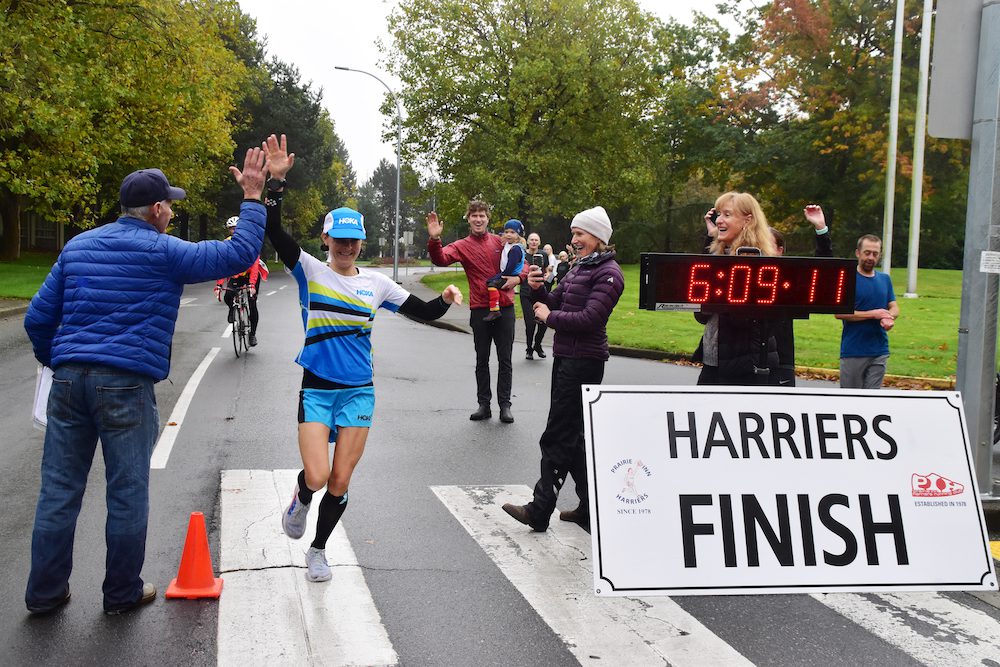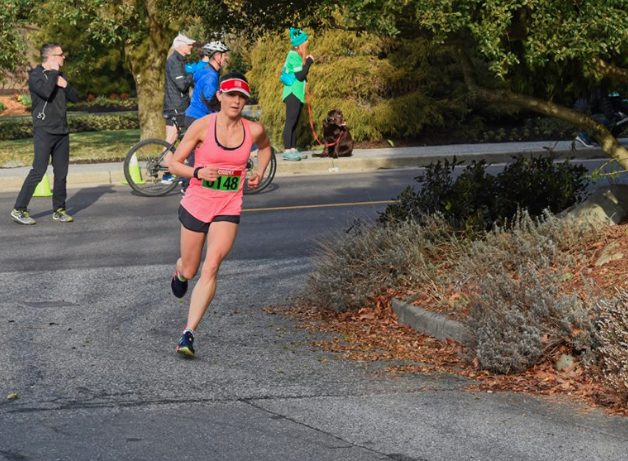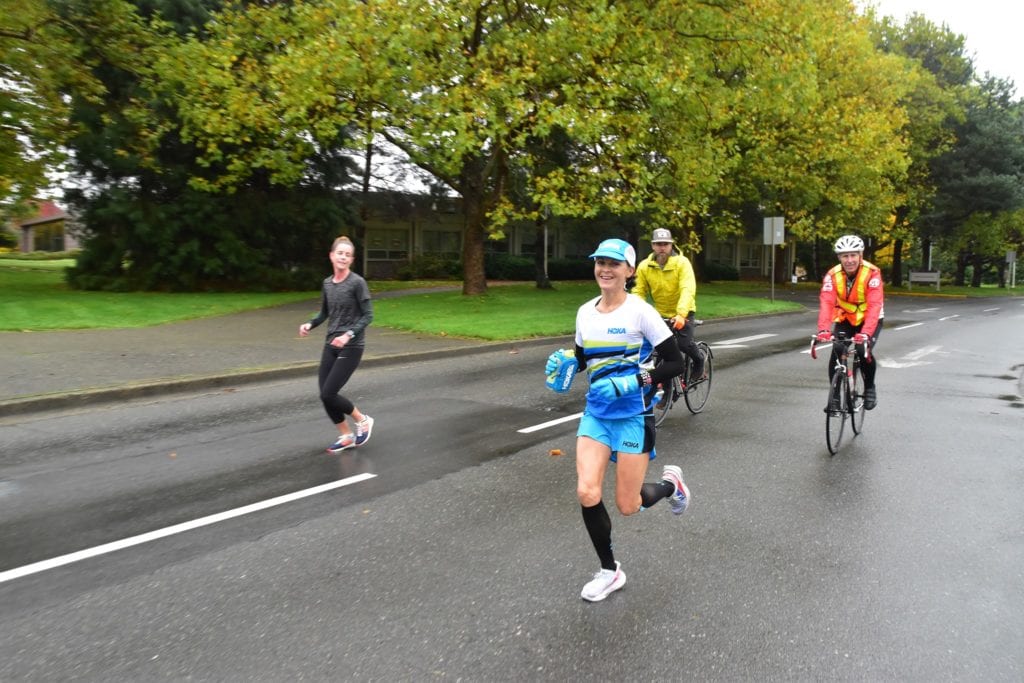Canadian record holder Catrin Jones’s go-to ultramarathon workouts
Check out these favourites from the national 50-mile and six-hour record holder
 Photo by:
Joseph Camilleri
Photo by:
Joseph Camilleri
Just like everyone else, Victoria’s Catrin Jones struggled to find racing opportunities in 2020. On the few occasions she did get to race, Jones made good use of the rare opportunities, breaking the Canadian 50-mile and six-hour records in the span of just one month. Jones has a three-year-old daughter and works as a massage therapist, but she doesn’t let this stop her from training for ultras, and she is looking forward to (hopefully) chasing more records this year. We caught up with Jones to talk about some of her favourite types of workouts, all of which are key sessions for any ultrarunners out there.

Fartlek
Two of Jones’s runs each week, she says, have “some kind of workout component,” such as a tempo run or a fartlek. Though she doesn’t include fartlek training in her schedule every week, she says she really enjoys it. “That idea of speed play is really important,” she says. “I was never a track runner, so I’ve struggled with speed.”
RELATED: Catrin Jones breaks Canadian 50-mile, 6-hour records weeks apart
An example of a go-to fartlek workout for Jones is a small pyramid. After a good warmup, she starts with three minutes around marathon or 50K race pace followed by one minute of easy running. Next, she works right into two minutes at a pace slightly quicker than before, once again with one minute of active recovery. Finally, she hits 10K pace for one minute before “coming back down” the pyramid and hitting the two- and three-minute sections once again. “I do that a few times.”

An important note here, Jones says, is that she doesn’t worry about pace too much. She has those set paces for the fartlek, but she focuses more on effort than anything else. “It’s going to be different every week,” she says. “I try not to make a big deal of whether it’s the exact pace and instead go by effort and what I know I might be doing in a race.”
Hill training
Next on the list is hill training. Jones says she switches things up when it comes to hills, sometimes doing repeats and other times opting for a hilly route. “There’s this set of 10 hills that I sometimes do,” she says. “Basically if you can find a series of hills that are fairly close together, between eight and 12 hills, that’s a great opportunity to work on strength and form.”
RELATED: Easing back into training with Reid Coolsaet
Jones says she doesn’t kill it on the way up these hills, instead running at 75 or 80 per cent effort. “I’m going up fairly strong,” she says. “And then you require less effort on the way down since gravity is pulling you, but I still work to maintain some speed.” One of her main focuses in these workouts is form.

“Having good form on the downhills with some speed is very important, and it’s the same on uphills. I try not to let my form go off. Plus, when I’m upright and focusing on short turnover, it’s a more efficient way to get up the hill anyway.” With her focus on both ends of the hill, Jones says she uses the flats between each hill as opportunities to recover before the next incline.
RELATED: The tempo run: training your anaerobic threshold
Pyramid on the track
“I do like the track,” Jones says. “It allows you to get into a faster pace.” When Jones hits the track, she says she enjoys doing more pyramids (like with her fartlek runs). An example of one she likes is 400m, 800m, 1,200m, 1,600m and then back down. On the way up the pyramid, she keeps everything steady at or around half-marathon pace. Then, on the way down, she picks things up a bit to 10K pace. “For that second half of a race, it’s important to have the ability to push a bit harder.”
https://www.instagram.com/p/CHoY8ATDlM5/?utm_source=ig_embed
Again, just like in her fartlek runs, Jones says she isn’t too concerned with hitting any exact paces. “I don’t look at my watch,” she says. “I try not to get caught up in times, but I do try to keep them in the back of my head. If I can get close to the paces, then that’s fine.”
RELATED: Focusing on heart rate, not pace, with MAF training
Although ultramarathons require way more endurance than speed, Jones says speed workouts are still necessary. “I think it’s really good to do speed and track workouts for ultrarunners,” she says. “You tap into a different body system with those fast runs.”


